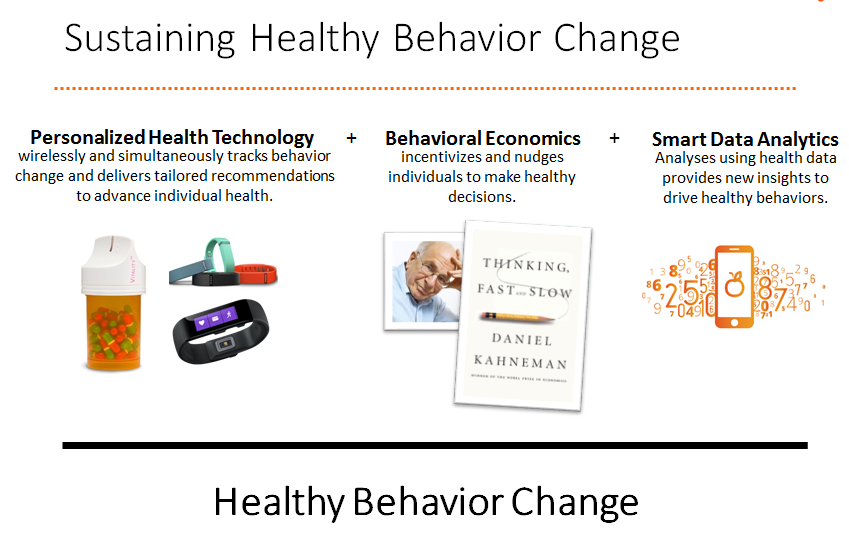On February 3, 2015, Mitesh Patel, David Asch, and Kevin Volpp at the University of Pennsylvania published Wearable Devices as Facilitators, Not Drivers, of Health Behavior Change in JAMA. The Viewpoint establishes that wearable tracking devices should be combined with behavioral economics strategies to ensure sustained behavior change. They contend it is the combination of personalized health technology with individual encouragement, social competition and collaboration, and effective feedback loops that have potential to improve health over the long-term.
According to the authors, smartphones may additionally be leveraged to as health devices to improve long-term engagement. Data from smartphones can be transmitted passively. In fact, although many do not realize this, the new iPhone 6 automatically tracks a users steps.
These conclusions presented in the article align with a recent Cornerstone OnDemand survey, which explored employee attitudes to wearables in the workplace. It found that 67 percent of survey respondents would use a wearable tracking device supplied by their employer for an extra 5 percent of their year-end bonus while 57 percent would use one for a reduction in their health insurance premium. Another 36 percent would use a wearable tracking device for a discount to an exercise program.
Vitalitys Wearables at Work Study is a third example that investigated the extent to which wearable tracking devices improve health outcomes using data from Vitalitys workplace health program. Vitality concluded that members behaviors changed when technology was included as a component of a structured health and incentives program.
Overall, however, peer-reviewed research on personalized health technology to demonstrate their efficacy is lacking. A basic PubMed literature search identifies 17 relevant studies that use FitBit and 3 for Jawbone, both of which are leading wearable tracking devices. The Vitality Institute Commission on Health Promotion and the Prevention of Chronic Disease in Working-Age Americans recommended greater investment in prevention science and making markets work for health. Personalized health technology is one area that speaks to both of these recommendations, and currently requires research to identify what does and does not work in prevention science. The JAMA article is one step (pun intended) in the right direction.

Do you use a wearable tracking device to measure your health? Does your phone track your activity automatically? Would you be more likely to use a device if you were rewarded for it? Why or why not? We want to hear from you! Tweet at the Vitality Institute @VitalityInst or Gillian Christie @gchristie34.
Source of Thumbnail image: http://ww1.prweb.com/prfiles/2014/10/14/12247563/stats1.jpg






